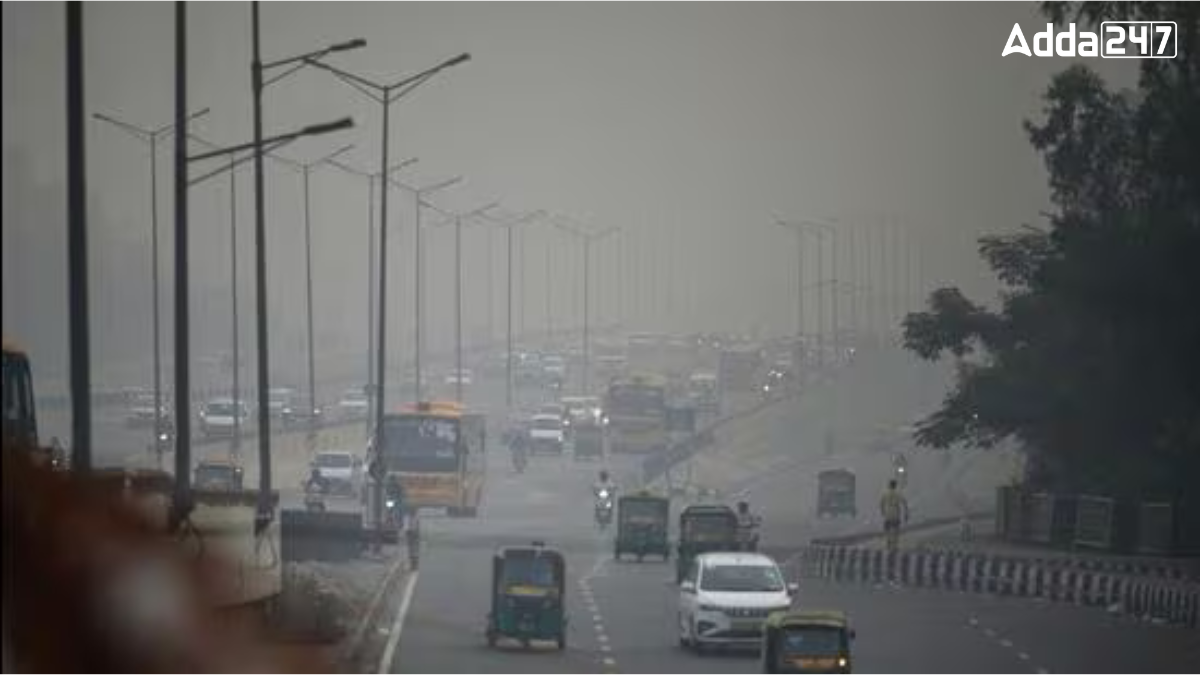Pollution is a major environmental concern affecting the health and well-being of people around the world, especially in Asia. Rapid industrialization, urbanization, and increased use of fossil fuels contribute to the rising levels of pollution in many countries. Below is an overview of the ten most polluted countries in Asia, based on air pollution, particularly PM2.5 levels.
Most Polluted Country of Asia 2024
Bangladesh is one of the most polluted countries in the world, with a PM2.5 level of 161 μg/m³ in 2023. Cities like Dhaka and Chittagong face severe air quality issues from vehicle emissions, factories, and brick kilns. In 2024, Dhaka’s pollution reached 80.2 μg/m³, much higher than the WHO’s safe limit of 5 μg/m³. Air pollution causes 20% of early deaths in Bangladesh and costs the country 17.6% of its GDP in healthcare and lost productivity.
Top-10 Most Polluted Countries of Asia as of 2024
Bangladesh, with a PM2.5 level of 161 μg/m³, holds the title of the most polluted country of Asia 2024, followed by India, Pakistan and Laos.
Here is the list of top-10 most polluted countries of Asia as of 2024:
| Top-10 Most Polluted Countries of Asia 2024 | ||
| Rank | Country | PM 2.5 Level |
| 1. | Bangladesh | 161 μg/m³ |
| 2. | India | 84 μg/m³ |
| 3. | Pakistan | 79 μg/m³ |
| 4. | Laos | 70 μg/m³ |
| 5. | China | 64 μg/m³ |
| 6. | Tajikistan | 64 μg/m³ |
| 7. | Nepal | 55 μg/m³ |
| 8. | North Korea | 53 μg/m³ |
| 9. | Mongolia | 48 μg/m³ |
| 10. | South Korea | 45 μg/m³ |
What is AQI?
AQI stands for Air Quality Index. It is a number used to show how clean or polluted the air is in a particular area. The AQI ranges from 0 to 500, with higher numbers meaning more pollution. It helps people understand the health risks from air pollution, like breathing problems, especially for sensitive groups.
Key Pollutants Measured by AQI
The AQI is calculated based on the levels of various air pollutants, including:
- Particulate Matter (PM): Tiny particles in the air that come from sources such as vehicle exhaust and industrial emissions.
- Ground-Level Ozone: A harmful gas formed when pollutants react with sunlight.
- Carbon Monoxide: A colorless, odorless gas produced by incomplete combustion.
- Nitrogen Dioxide: A reddish-brown gas emitted by the burning of fossil fuels.
- Sulfur Dioxide: A colorless gas that comes from burning fossil fuels, especially coal.




 Which Country is Known as the Land of Ch...
Which Country is Known as the Land of Ch...
 Which Bird is known as the King of Birds...
Which Bird is known as the King of Birds...
 Which City of Austria is Known as the Ci...
Which City of Austria is Known as the Ci...







